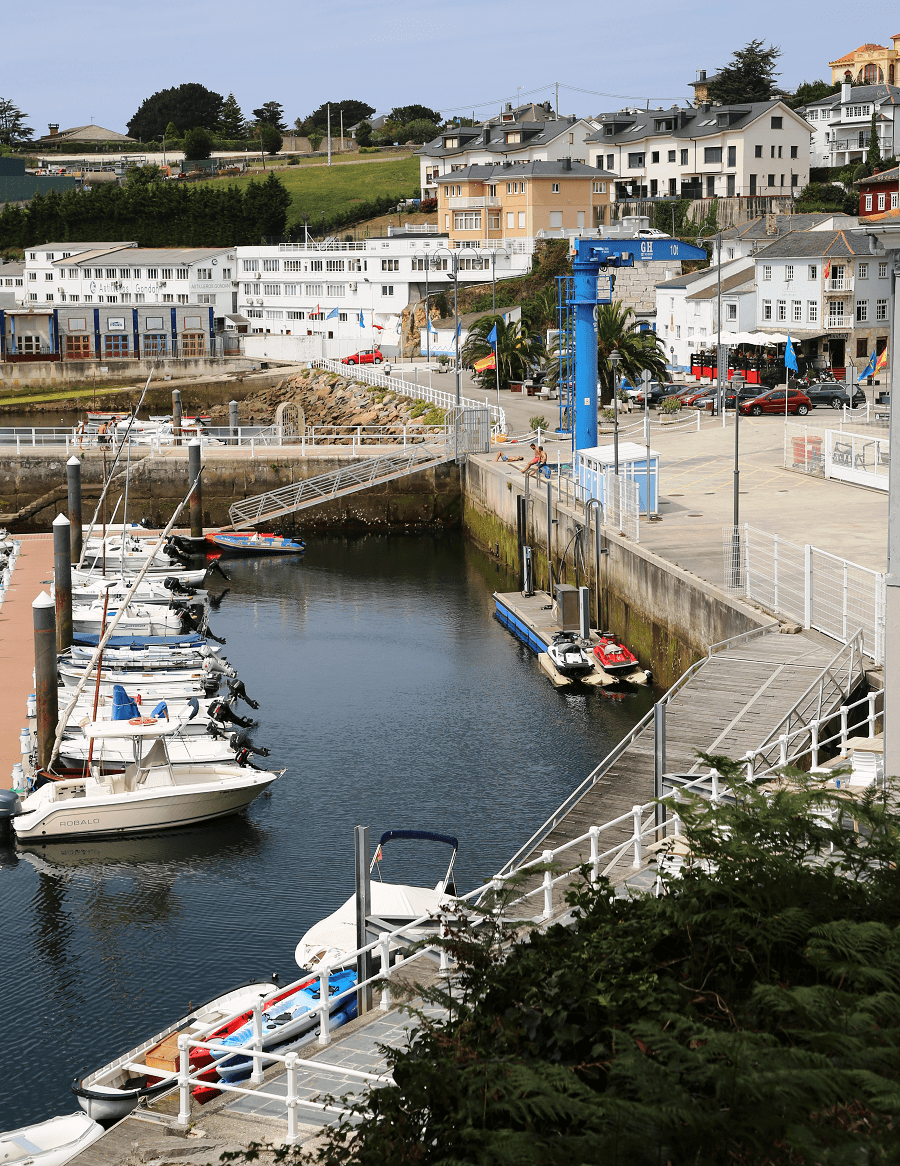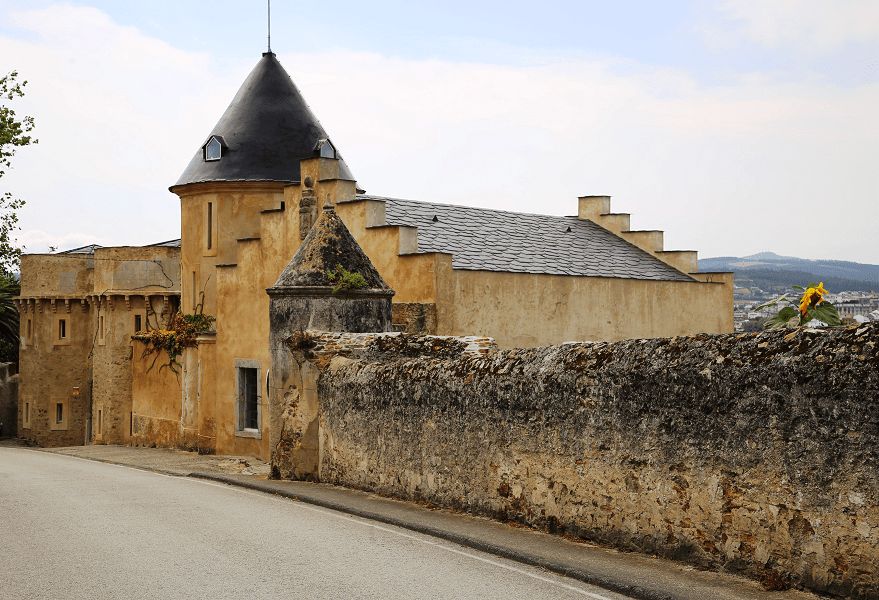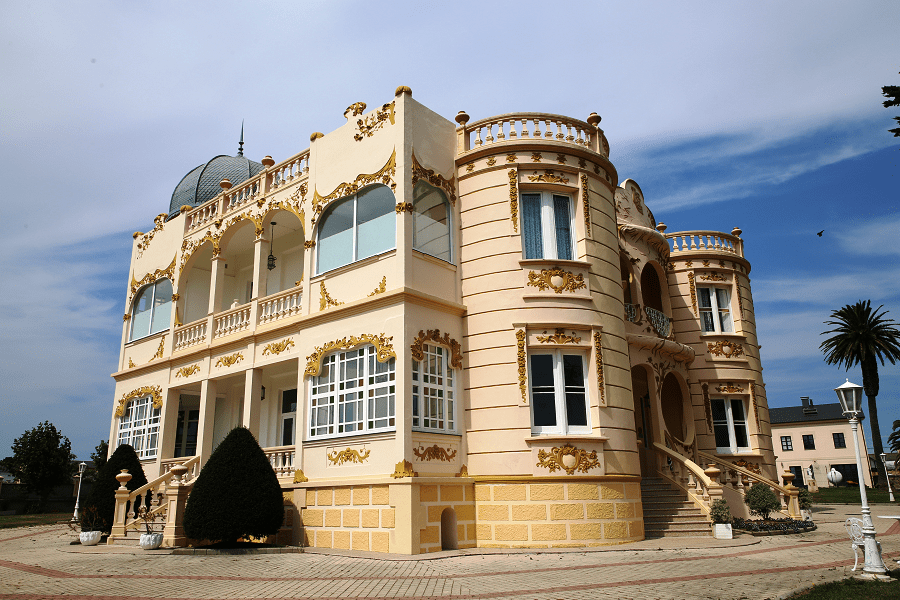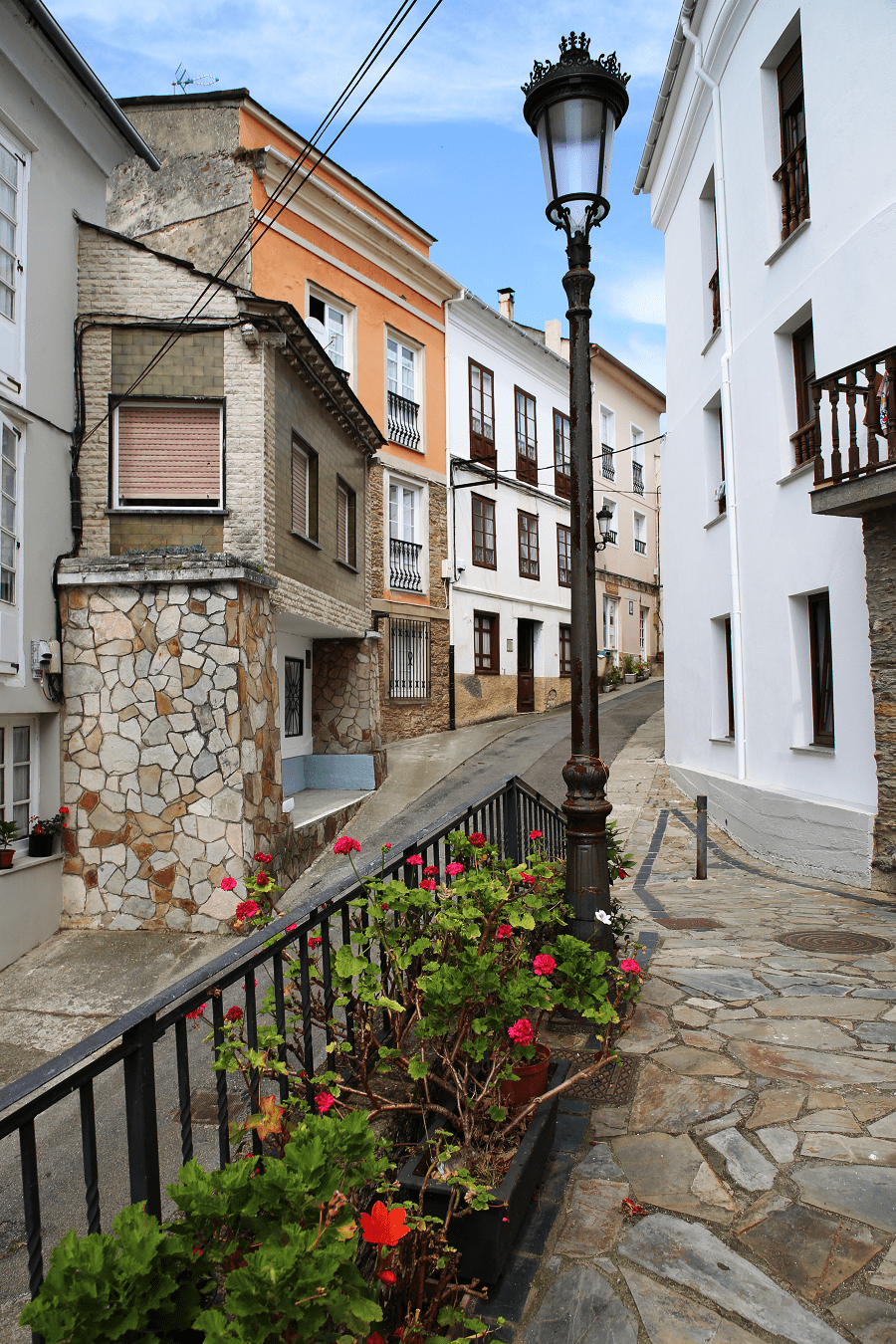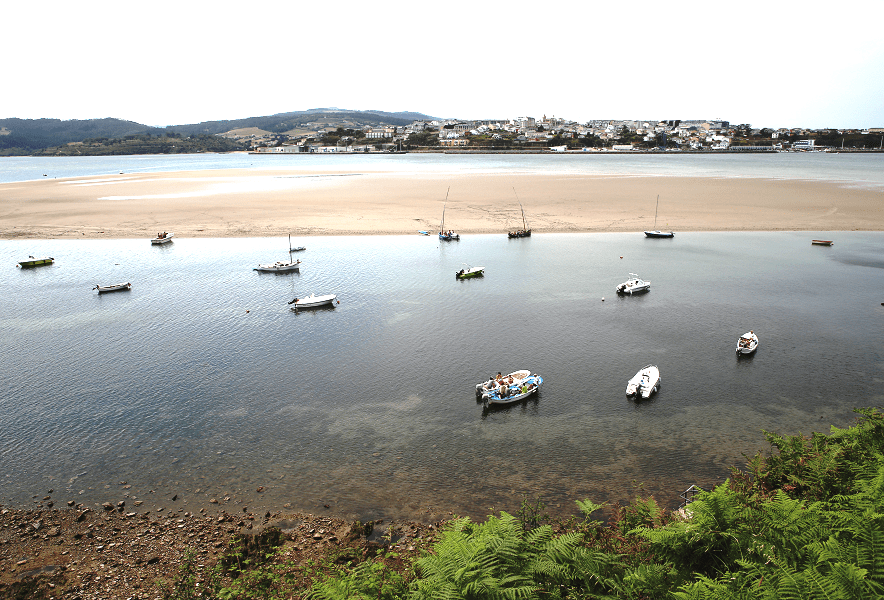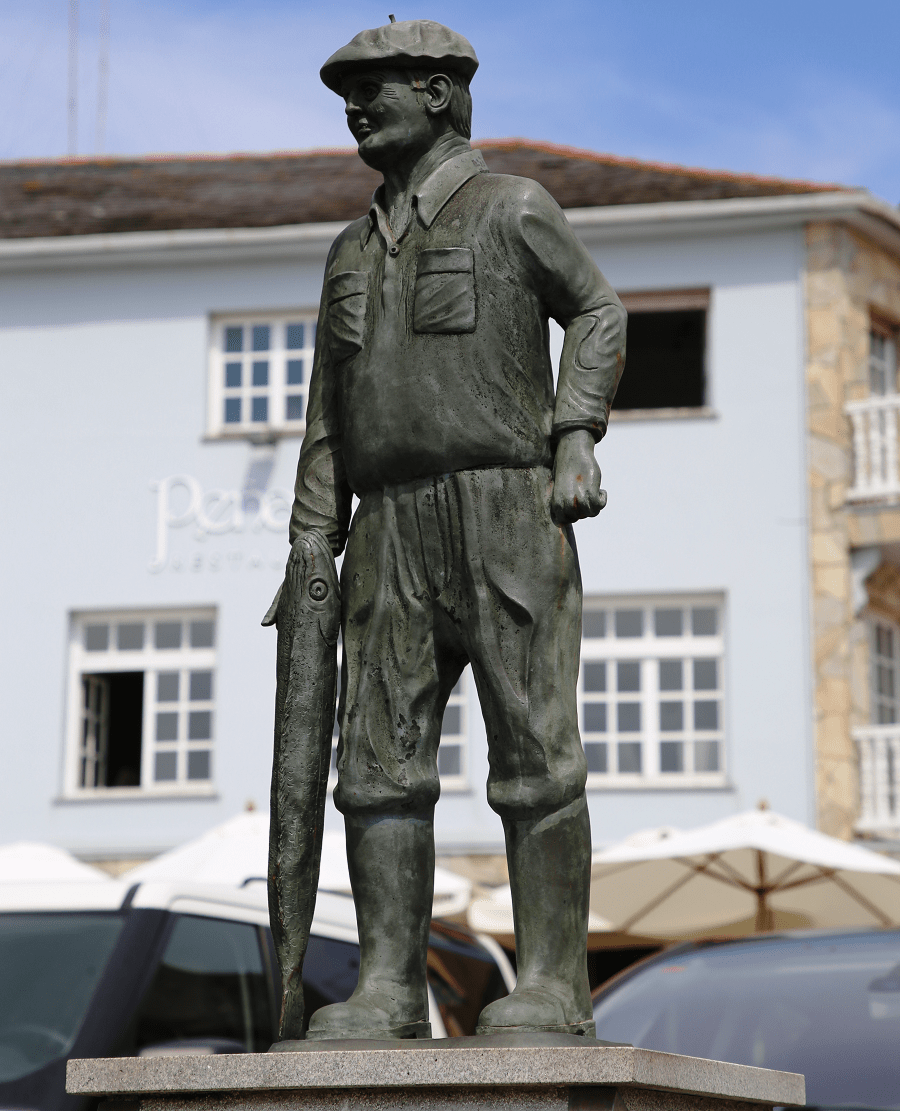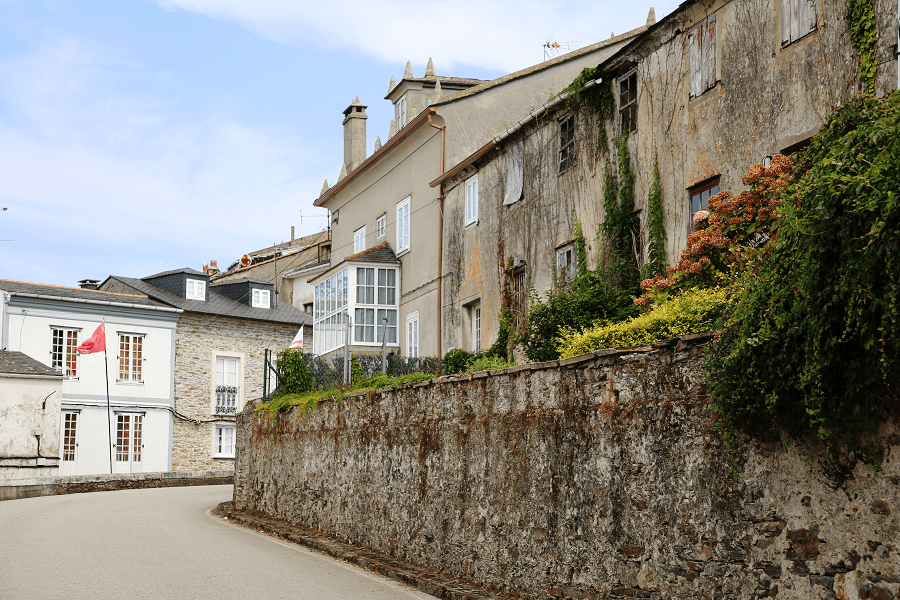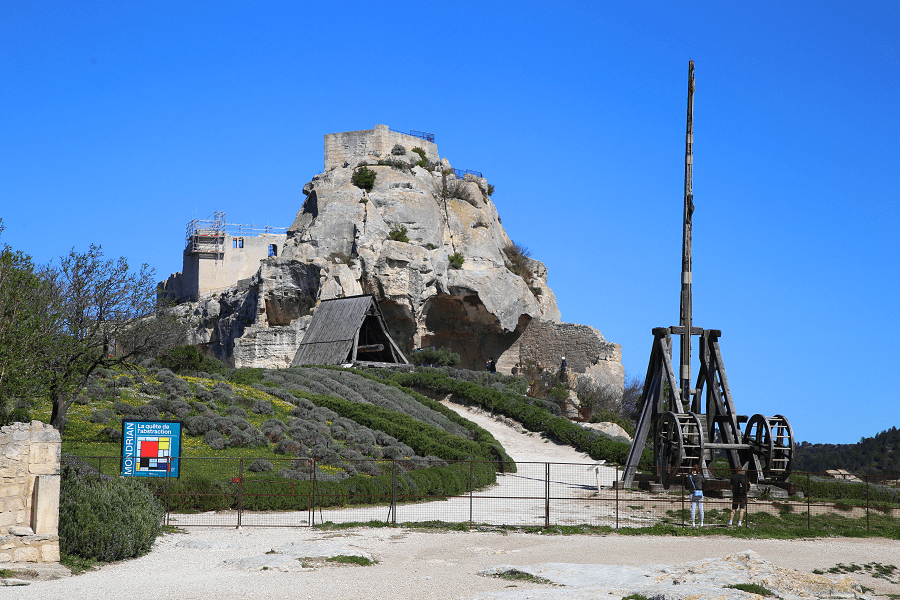As Figueiras (Sp. Figueras) is a parish of the Castropol municipality in the autonomous community of Asturias, Spain.
The town of As Figueiras is located at an altitude of 20 m and is 6 km from Castropol.
The city is the westernmost part of the Costa Verde of the Atlantic resorts of Spain.
Tourism and main attractions
Among the unique buildings existing in As Figueiras, both of a religious, civil or military origin, the following stand out:
Palacio de los Pardo Donlebún, whose central tower dates from the 16th century and is surrounded by two symmetrical bodies from later times.
Church of Santiago Apostol, from the 17th century, built on an old pilgrim hospital and whose main altarpiece dates from 1795.
Ermita de la Atalaya, from the 19th century, but with references to it as early as 1615.
The Arroxo Fort (Fortín d’Arroxo), whose origins are contemporaneous with those of the Ribadense Castillo San Damián as a defensive couple of the mouth of the Ría del Eo, already from the seventeenth century.
Chalets de Doña Socorro or Palacete Peñalba, current location of the Hotel Palacete Peñalba, which was built in 1912 by the military architect Angel Arbéx, a disciple of Gaudí and which represent one of the best examples of Asturian Indian architecture from the early twentieth century with features very sharp art nouveau.
Secular Schools, current Villamil Foundation and headquarters of the C.R.A. de Figueras.
The Clock Tower dates from 1927. The building that currently houses the House of Culture and the “Miguel García Teijeiro” Municipal Public Library.
The Pósito de Pescadores, a building completed in 1932 and which houses the headquarters of the Fishermen’s Association of Figueras, the only one in the parish.
Beaches
The Ría de Eo Partial Nature Reserve provides As Figueiras with its most important beaches: Arnao and San Román.
Arnao is a quiet and cozy sandy area at the mouth of the estuary that has all the basic services, good parking and a recreation area, in its vicinity there is also the recreational area of Salgueiro in addition to having a very good network of paths for hiking.
San Román is a semi-urban beach, very close to the port and without basic services but with a particular charm. In both cases, the surface of the sandbanks is affected by the state of the tides, which leads to the total disappearance of the San Román beach at high tides and a spectacular reduction of the surface at Arnao.
El Tesón is a sandy area that can be called a beach, despite the fact that it is a sandbar located in the center of the estuary and in front of the port of As Figueiras, and which is accessed at low tides by boat or swimming from the pier.
Other beaches in the town are Arnela or A Playa dos Botes, already in the interior of the estuary and which are very suitable for amateur shellfish.
In addition, various activities can be carried out in the Eo estuary, such as boat rides, kayaking or sailing. Its evolution has led to the incorporation of jetties for pleasure boats and the creation of a yacht club.
How to get to?
From Oviedo 1 hr 25 min (133 km) via A-8
From Madrid 5 hr 38 min (579 km) via A-6
Main information
Area: 1,8 km² (municipality)
Coordinates: 43°32′19″N 7°01′21″W
Population: 709
Languages: Spanish, Asturian
Currency: Euro
Visa: Schengen
Time: Central European UTC +1
See here best sea and ocean resorts of France and Spain (223 objects)






